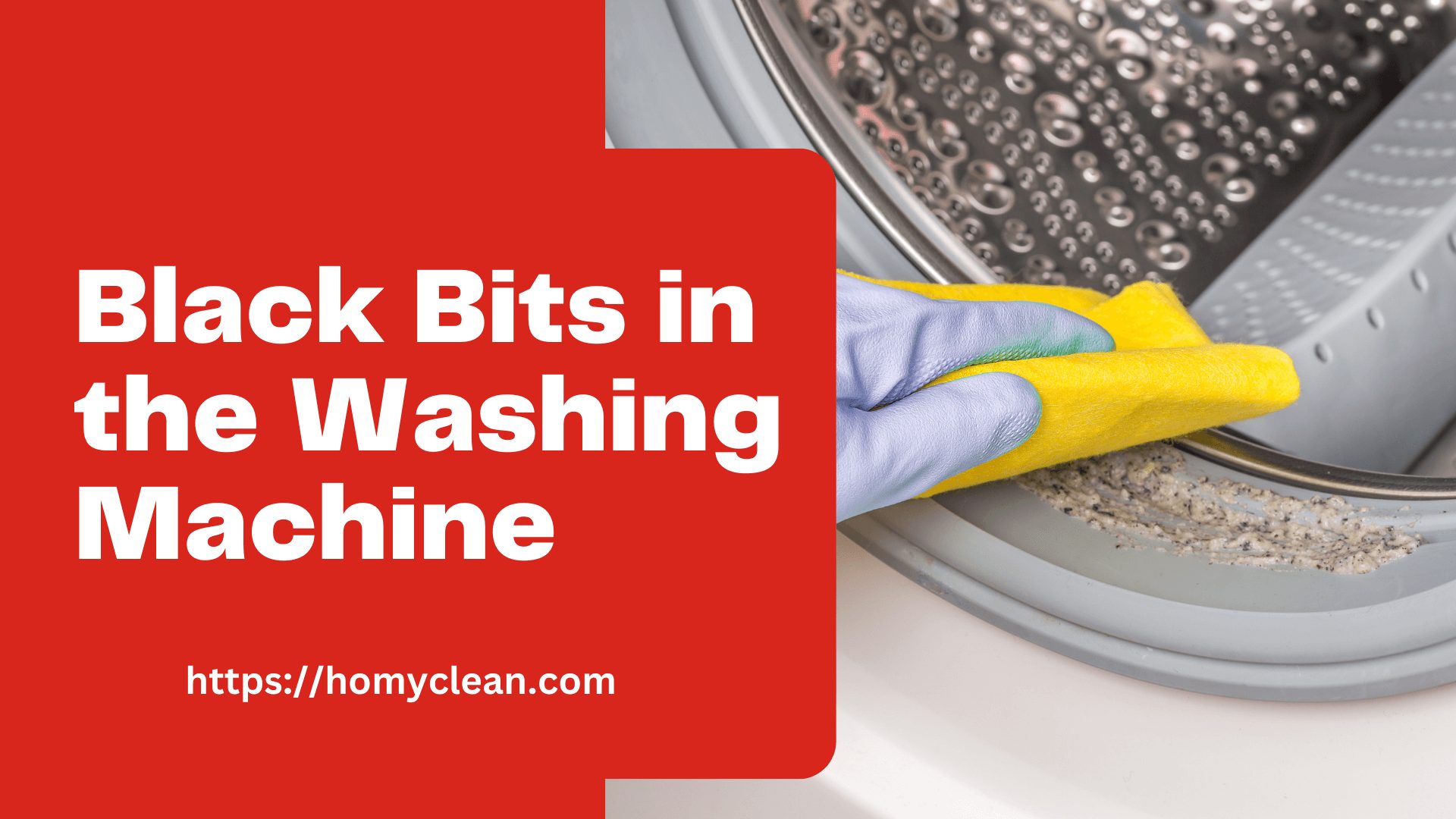The drum of a washing machine is a critical component responsible for cleaning your clothes. If you need to remove it for repairs, maintenance, or cleaning, it’s essential to follow the correct steps to ensure safety and prevent damage to your machine. In this guide, we’ll walk you through How to remove washing machine drum process step by step.
How to Remove Washing Machine Drum
1. Disconnect the Power Supply and Water
Before you begin, unplug your washing machine from the wall outlet to ensure your safety. Additionally, turn off the water supply to the machine.
2. Drain Any Remaining Water
Depending on your washing machine model, you may need to drain any leftover water from the drum. You can use a hose or simply tilt the machine carefully to empty it.
3. Remove the Top Panel
Most washing machine models allow you to remove the top panel by lifting it up and pulling it off. This step grants you access to the inner workings of the machine.
4. Disconnect the Water Hoses
Locate the water inlet and outlet hoses connected to the back of the machine. Carefully disconnect them to free up the drum.
5. Remove the Front Panel
Remove any clips or screws securing the front panel of the machine. Once removed, you should have a clear view of the drum.
6. Lift Out the Drum Carefully
With a firm grip and caution, lift the drum out of the machine. Depending on the model, you may need to tilt it slightly to fit it through the opening.
7. Check for Additional Parts
Some models may have additional parts that need removal before the drum can be fully taken out. Consult your user manual for specific instructions.
8. Replace or Repair the Drum
If you are replacing the drum, reverse the above steps to install the new one. For repairs, refer to your repair manual for guidance.
Note: Always adhere to your specific model’s instructions when removing the drum to prevent injury or machine damage. These steps are also applicable for top-loading washing machines.
The washing machine drum plays a pivotal role in the cleaning process. It’s a cylinder-shaped container typically made of stainless steel, featuring small holes or slots to allow water and detergent to interact with your clothes. During a wash cycle, the drum rotates to agitate the clothes, helping to distribute water and detergent evenly. It is connected to the machine’s motor, which powers its rotation.
The drum’s ridges lift and drop clothes to loosen and remove dirt and stains. Depending on the clothing type and wash settings, you can adjust the drum’s speed and direction.
To conclude, the drum is central to a washing machine’s function, ensuring your clothes are cleaned effectively.
Why Remove a Washing Machine Drum?
- Repair or Maintenance: When the drum needs repair or replacement due to damage or malfunction.
- Access to Other Parts: Sometimes, accessing other machine parts located behind or beneath the drum requires its removal.
- Moving or Storing: If you need to relocate or store the machine, removing the drum can make transportation easier.
- Cleaning: Occasionally, removing the drum is necessary for thorough cleaning.
Remember, drum removal is usually reserved for specific maintenance, repair, or transport needs. Always follow the proper procedure and exercise caution to prevent harm or damage.
How to Separate a Drum From a Hub
To separate a drum from a hub, follow these steps:
1. Assemble the Required Equipment
Gather a hammer, chisel or screwdriver, and pliers. Depending on your drum and hub, you might also need a drum puller or specialized tool.
2. Inspect the Drum and Hub
Check for screws or bolts securing the drum to the hub. If present, use pliers to remove them.
3. Tap the Drum Lightly
Lightly tap around the drum’s perimeter using the chisel or screwdriver to loosen it from the hub.
4. Apply Pressure
If the drum remains stuck, gently twist it using pliers to apply more force. Alternatively, a drum puller can provide additional leverage.
5. Remove the Drum
Once the drum is loose, lift it off the hub. If it remains stubbornly stuck, consult a mechanic or use appropriate tools.
Exercise caution to avoid damage or injury when separating a drum from a hub.
How to Remove a Stuck Item From a Washing Machine Drum
If an item gets stuck in your washing machine drum:
1. Unplug and Drain
Unplug the machine and use a sponge or towel to remove any water.
2. Attempt Gentle Removal
Try to loosen the item by gently pulling or using tongs.
3. Use a Long Tool
If it’s still stuck, gently pry it loose with a long stick or broom handle.
4. Seek Professional Help
If these methods fail, consider professional assistance or dismantling the drum, which should be done by a repair person.
Removing Drum from Washing Machine with Agitator
To remove the drum from a washing machine with an agitator:
1. Disconnect Power and Drain
Turn off power and drain any water.
2. Locate Access Panel
Find the access panel on the back or bottom of the machine.
3. Remove Panel
Unscrew or unbolt the panel to reveal the machine’s interior.
4. Remove Agitator
Locate and remove the bolts or screws securing the agitator in place. Lift it out.
5. Lift Out Drum
Now, the drum should be accessible for removal.
Note: Consult your manual or a repair professional for model-specific guidance.
Is a Stiff Washing Machine Drum Normal?
A stiff washing machine drum isn’t normal and can indicate various issues:
- Foreign Object: Something may be trapped in the drum or between the drum and tub.
- Worn Drive Belt: A damaged or worn drive belt might hinder smooth drum movement.
- Faulty Bearing: Worn or damaged drum bearings can lead to stiffness.
- Imbalanced Load: An imbalanced load can strain the drum.
To troubleshoot:
- Remove foreign objects.
- Check and replace worn belts or bearings.
- Ensure loads are balanced.
If issues persist, consult a repair technician.
Relevant Topics:
Why Did My Washing Machine Drum Drop?
Several factors can cause a washing machine drum to drop:
- Worn Suspension Springs: Springs that support the drum can weaken or break, causing it to drop.
- Damaged Drum Bearings: Worn or damaged bearings can lead to an imbalanced drum and dropping.
- Loose or Broken Mounting Screws: Loose or missing screws that secure the drum can cause it to drop.
- Worn Belt: A damaged or worn belt may not provide enough traction to turn the drum, leading to issues.
- Damaged Shock Absorbers: If shock absorbers are damaged, they can’t adequately support the drum.
For safety and to prevent further damage, professional repair is advised.
Best Products for Cleaning Your Washing Machine Drum
Keeping your washing machine drum clean is essential for maintaining its efficiency and prolonging its lifespan. Here are some effective products for cleaning your washing machine drum:
- White Vinegar: White vinegar is a natural and effective cleaner that can remove dirt, grime, and odors from the drum. Mix equal parts water and white vinegar in a spray bottle and spray it inside the drum. Allow it to sit for a few hours or overnight, then wipe the drum clean with a cloth.
- Baking Soda: Baking soda is another natural cleaner that can effectively eliminate dirt and odors from the drum. Create a paste by mixing equal parts baking soda and water, apply it inside the drum, and let it sit for a few hours or overnight. Afterward, wipe the drum clean with a cloth.
- Commercial Washing Machine Cleaner: Many commercial washing machine cleaners are specially formulated to clean and deodorize the drum effectively. These products often come with detailed instructions on how to use them.
Regularly cleaning your washing machine drum with these products can help prevent the buildup of mold, mildew, and unpleasant odors, ensuring your clothes come out fresh and clean with each wash.
Conclusion
Proper maintenance and care of your washing machine, including the drum, are essential to ensure its longevity and optimal performance. Following the recommended cleaning methods and seeking professional assistance when necessary will help you keep your washing machine in top condition. For more information on laundry-related topics and product reviews, visit Homyclean, your go-to source for all things laundry.
Please note that these suggestions are provided for informational purposes, and it’s essential to refer to your washing machine’s user manual and follow manufacturer recommendations for cleaning and maintenance.





